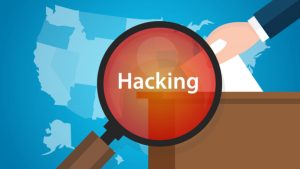The State of Ohio has established a governance model to better support IT optimization initiatives, due in large part to its success adopting new cloud platforms across agencies and dumping antiquated, siloed systems, said Renee Evans, enterprise service management administrator for Ohio’s Office of Information Technology (OIT).
The nature of work–the jobs performed and the cross-departmental collaboration required to get them done–has not changed much in the past two decades, but the means to perform those jobs can be revolutionized in the next three to five years, said John Donahoe, president and CEO of cloud platform provider ServiceNow.
Secretary of Agriculture Sonny Perdue announced last Thursday that the agency is awarding a $2.9 million grant to fund e-Connectivity investments in rural Marion County, Ala.
The state CIO job description is in need of an update. Gone are the days when state CIOs served as service providers–they now oversee a diverse portfolio of services and service providers.
Of all the concerns keeping Governors’ Homeland Security Advisors up at night, cybersecurity ranks top of the list.
States aren’t using data effectively. With access to massive caches of data, states could be true data-driven decision makers. However, many states have mixed success in using administrative data to drive decisions, according to a recent Pew Charitable Trusts report.
When shopping for smartphones and tablets, FirstNet was looking for something that could handle more than calling an Uber and snapping the perfect selfie.
AT&T and the First Responder Network Authority recently announced the launch of the FirstNet network core. With the launch, first responders now have nationwide access to a specialized communications system designed to meet their unique needs.
The Senate Subcommittee on Communications, Technology, Innovation, and the Internet took a deep dive look at the future of broadband in the United States during a hearing on Tuesday.
In times of emergency, state governors have regularly called in the National Guard, for reasons such as assisting the recovery after natural disasters like Hurricane Katrina in 2005 or to suppress protests in Ferguson, Mo., in 2014. If voting systems are under siege, should they do the same?














